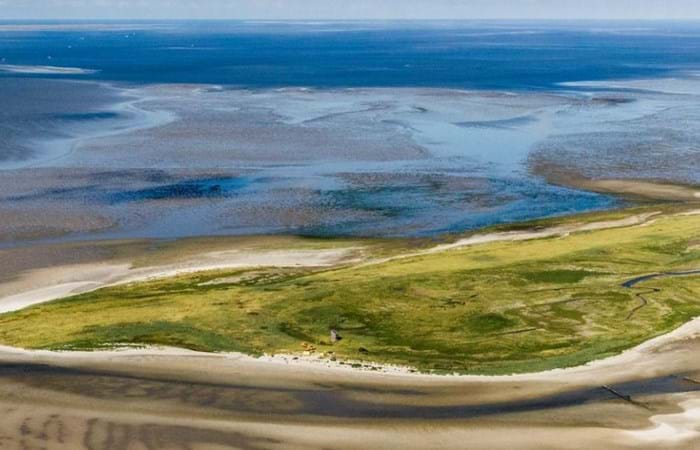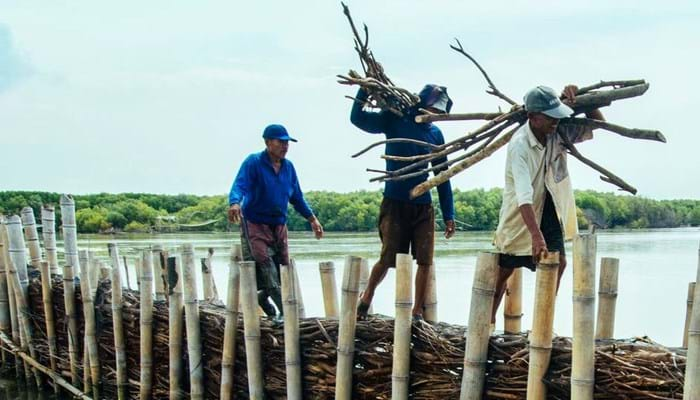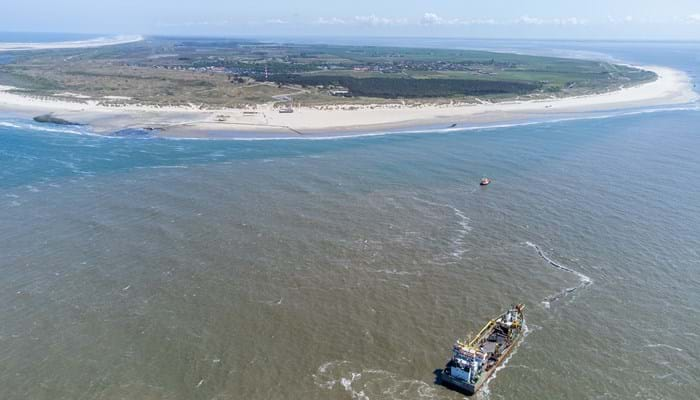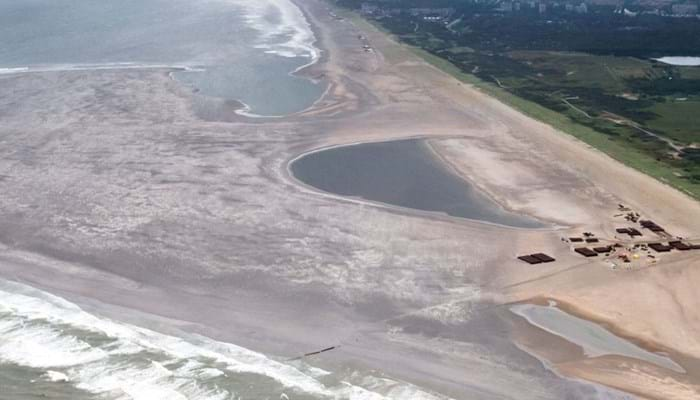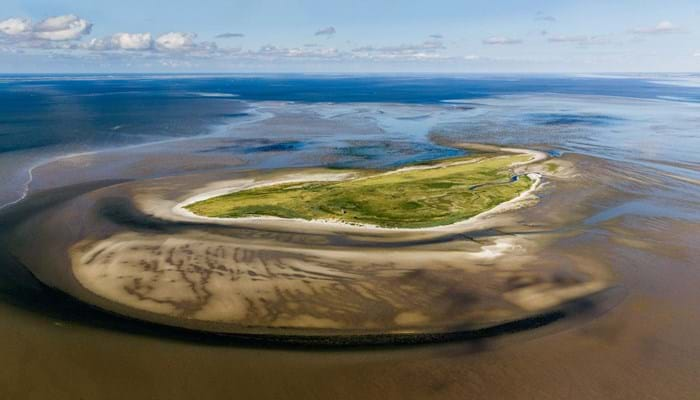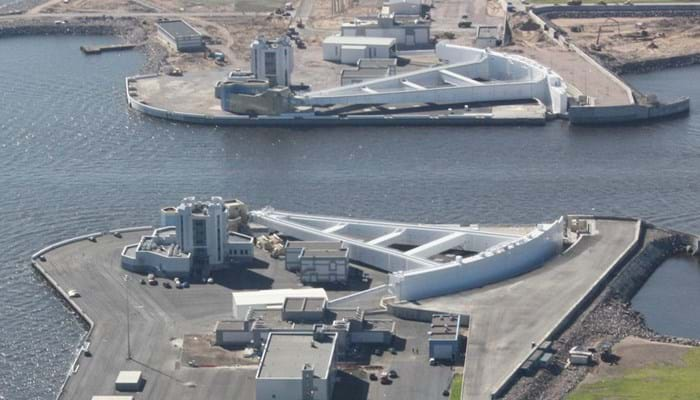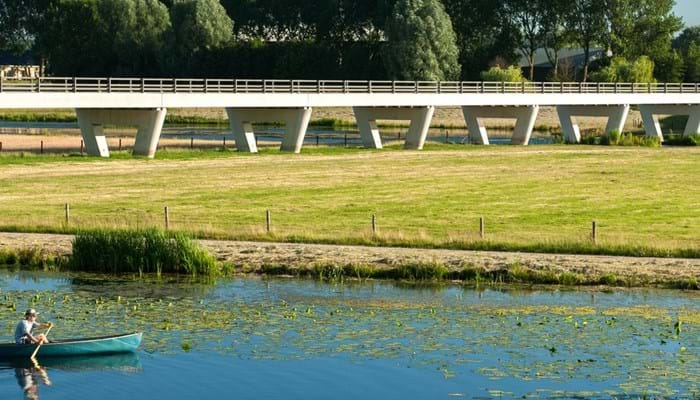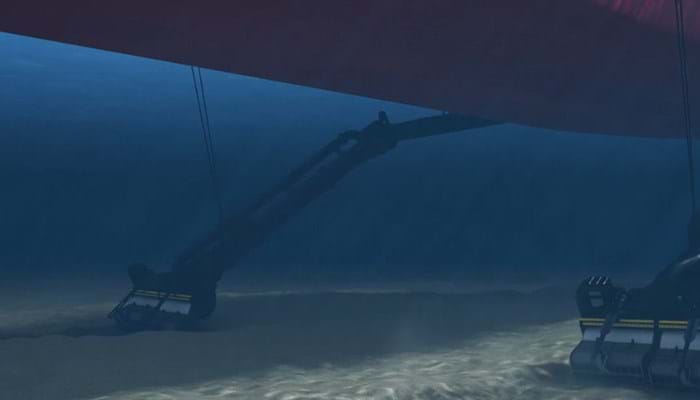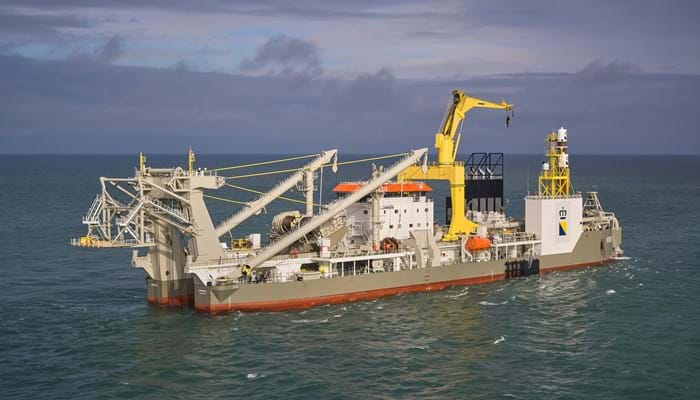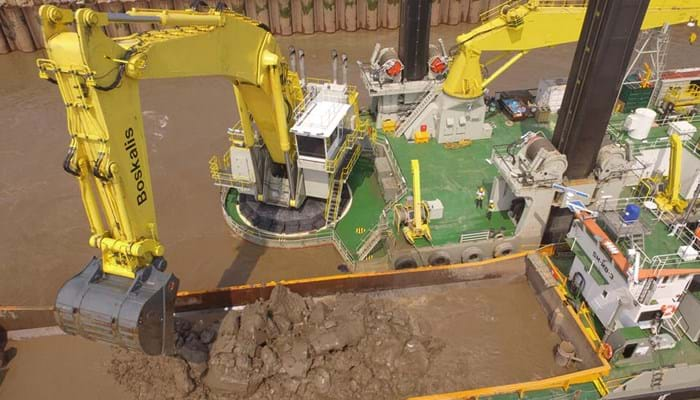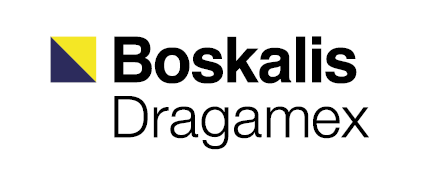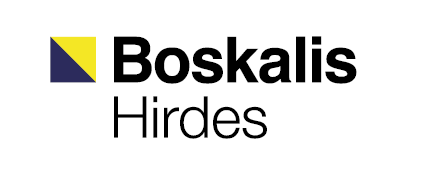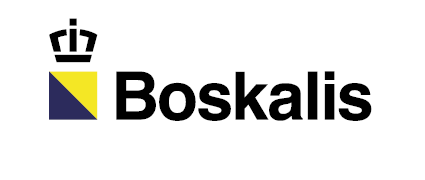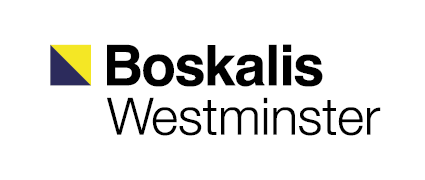Boskalis is a leading global player in the field of coastal defense and riverbank protection. We design, construct and maintain hard sea barriers, such as dikes, dams and flood barriers, and also soft sea defenses, such as beach and near-shore replenishment. In addition, we provide innovative solutions for forms of coastal protection based on the principles of building with nature such as the sand motors and the use of mangroves.
Ensuring safety and natural balance
Safety and a natural balance are the most important aspects of good coastal protection. Our vast experience and expertise enable us to assist you with the economic and environmental assessment of your coastal protection project. We have a proven track record and the drive to maintain a well-balanced ecosystem.
Our innovative and building with nature solutions
- Sand motors use natural forces like tides, wind, currents and waves to spread sand along the coast from a central replenishment location.
- The creation of a wave-reducing system. Examples are the combined approach of land reclamation and new mangrove forests to protect the North Java coastal area in Indonesia and a green wave reducing dike in The Netherlands. A willow forest, planted along the front of the dike, is expected to be able to absorb up to 80% of the waves’ force.
Let's talk
Dredging
For dredging and infrastructure related queries contact our Dredging department.

